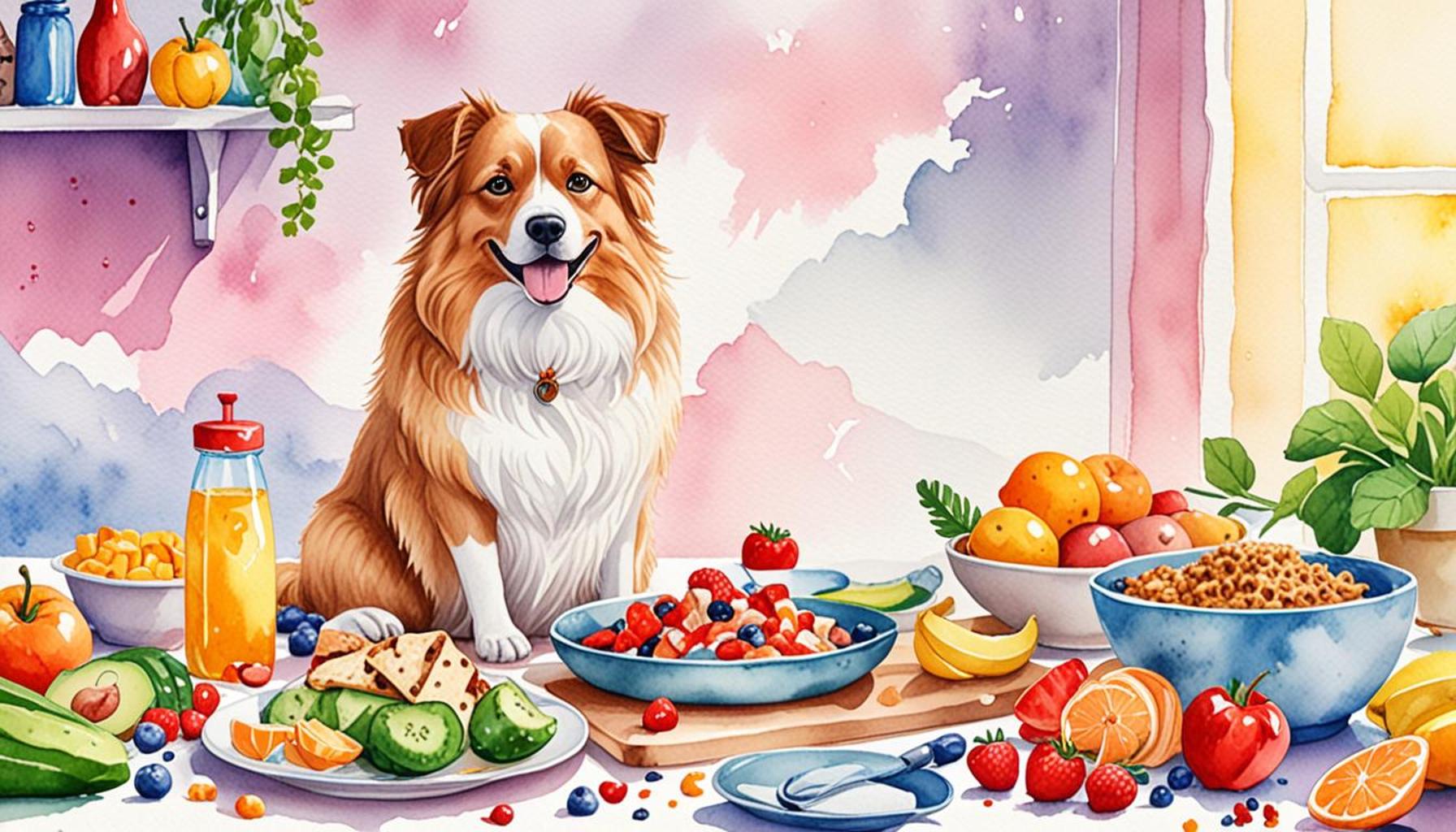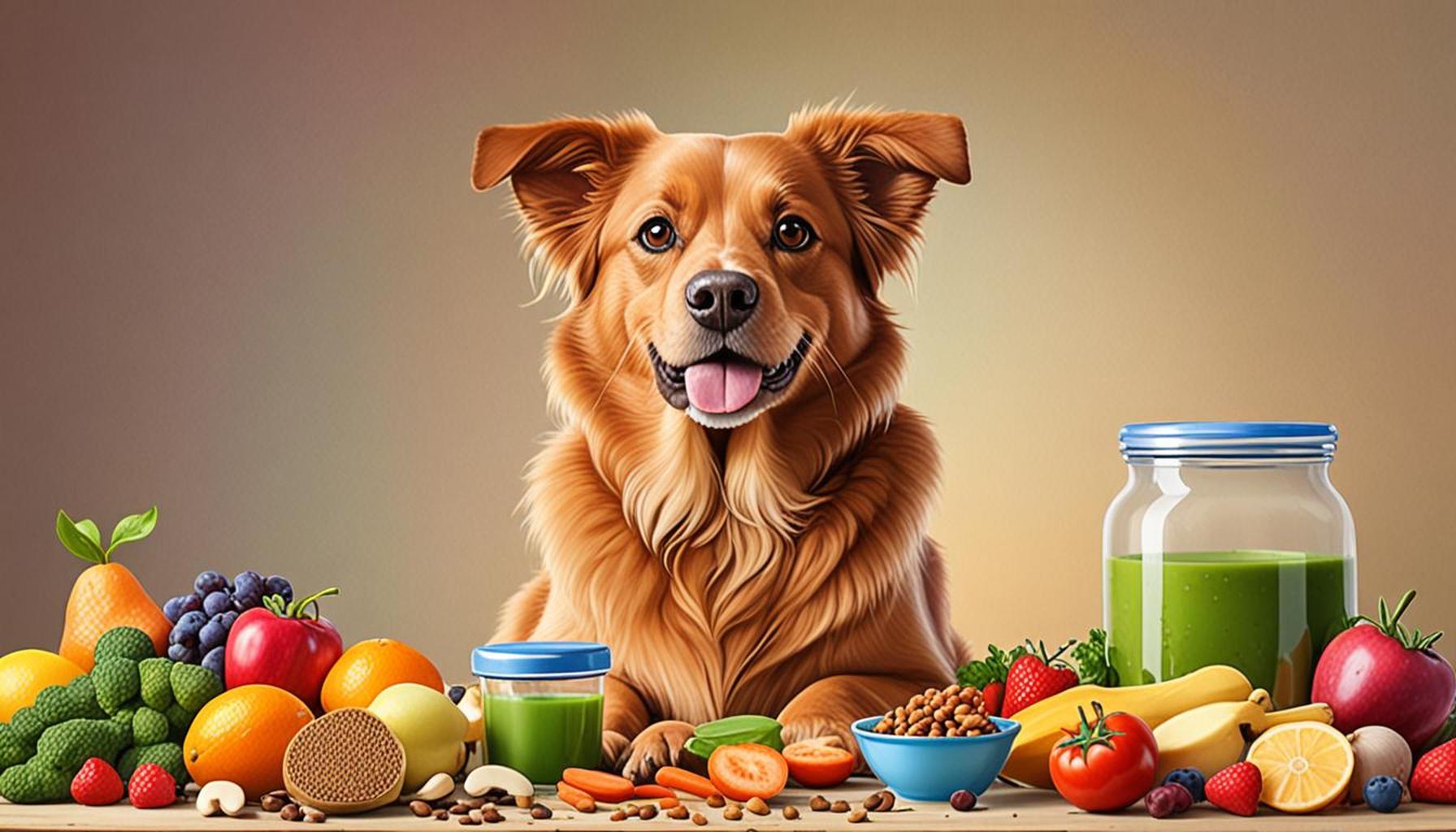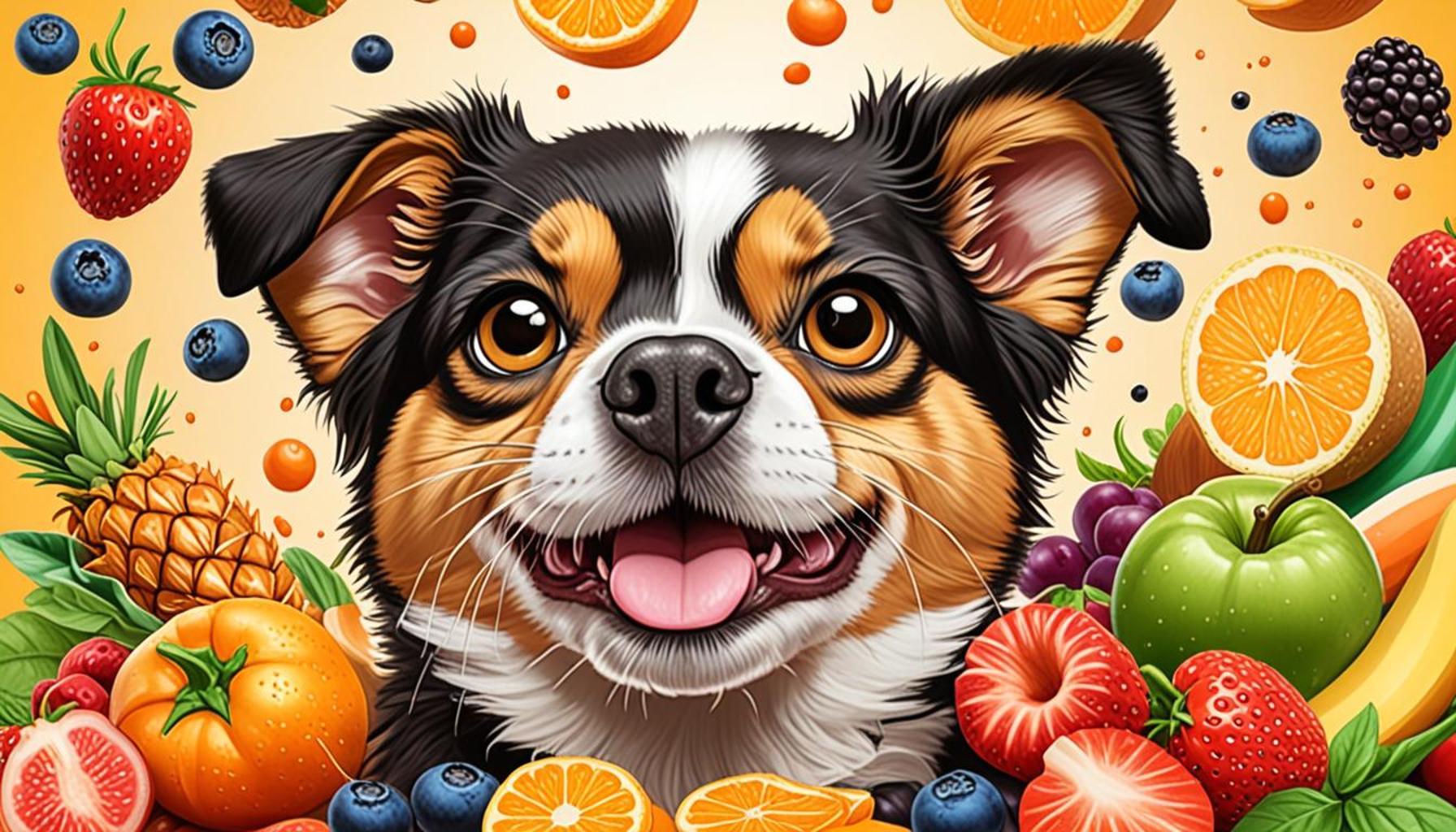The Importance of Hydration in the Diet of Pets: How to Ensure Your Pet Drinks Enough Water
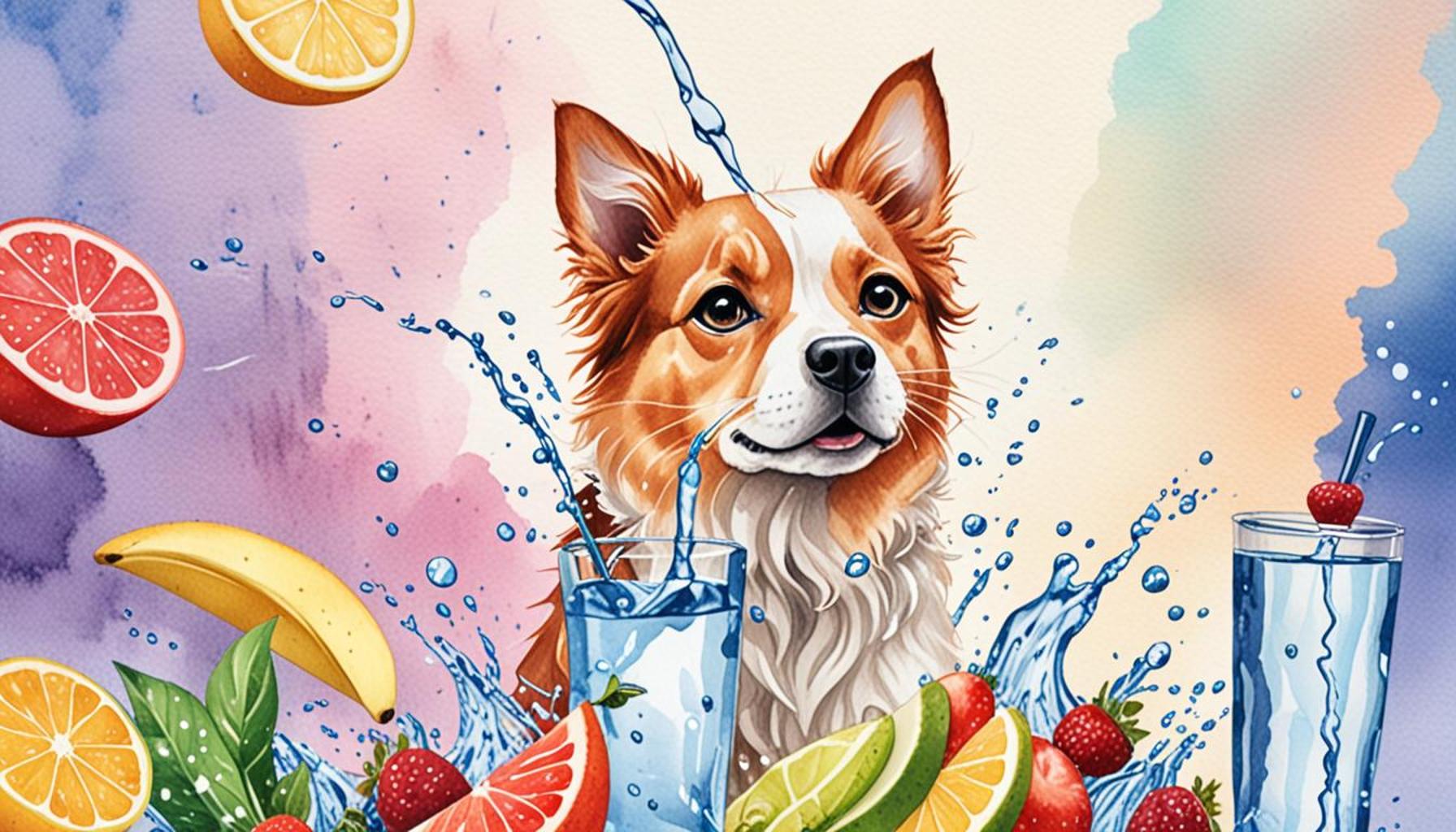
The Importance of Keeping Your Pet Hydrated
As a pet owner, your focus often revolves around fulfilling your furry friend’s dietary needs, but hydration is just as crucial for their health. Water, the essence of life, plays a vital role in maintaining the overall well-being of pets, akin to its importance in human health. Without adequate water intake, pets can face detrimental consequences that affect their physical and mental state.
Why Pets Need Water
Water serves multiple functions in the bodies of our pets. Here are some critical roles:
- Regulates body temperature: In hotter climates, pets rely on water not just for hydration, but also to cool their bodies. Dogs and cats can suffer from heat stress or heat stroke if they do not get enough water, particularly during the summer months when outdoor activities are heightened.
- Aids digestion: Water is essential for digestion, helping to break down food and absorb nutrients effectively. A lack of sufficient water can lead to gastrointestinal issues, such as constipation or bloating.
- Prevents health issues: Chronic dehydration is not merely a discomfort; it can lead to serious health issues, including kidney stones and urinary tract infections. Both conditions are painful and can require extensive veterinary treatment if not addressed in time.
Barriers to Hydration
Despite the significance of hydration, many pets struggle to meet their daily water needs. Several factors can contribute to this shortfall:
- Their diet composition: Pets that consume dry kibble tend to drink less water than those on wet or raw diets, which contain higher moisture content.
- A lack of fresh, clean water: Stagnant or unclean water sources can deter pets from drinking. Routinely replenishing their water bowl with fresh water is vital for encouraging regular consumption.
- Environmental conditions: Seasonal changes, such as intense heat or cold, can affect a pet’s inclination to drink. Monitoring their hydration needs during these times is particularly important.
Encouraging Hydration
To ensure your furry friends remain properly hydrated, taking a proactive approach is essential. Monitoring their water intake and understanding specific hydration needs based on factors such as size and activity level will make a significant difference. For instance, larger breeds like Great Danes will require more water than smaller breeds like Chihuahuas due to their size and energy levels.
Moreover, implementing certain strategies can help encourage your pet to drink more:
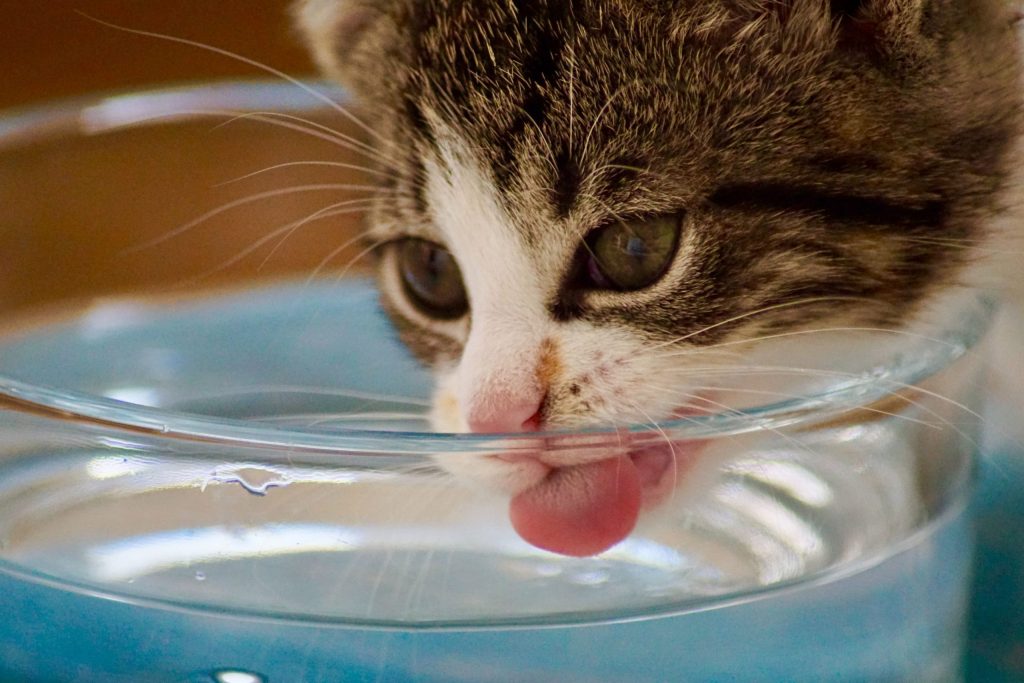
- Consider using a pet water fountain, which can make drinking more appealing to pets by providing fresh, flowing water.
- Adding water or broth to dry kibble can entice reluctant drinkers.
- Regularly refreshing their water bowl can signal to your pet that clean hydration is available.
By understanding the significance of hydration in your pet’s diet, you can take necessary steps to ensure they remain healthy and happy. Throughout this journey, you will uncover practical tips and insights that not only enhance your pet’s hydration habits but also contribute to a longer, healthier life. Let the exploration of hydration begin!
DISCOVER MORE: Click here to learn how pets can boost children’s immunity
Understanding Your Pet’s Hydration Needs
To ensure that our pets remain happy and healthy, it is essential to have a clear grasp of their individual hydration needs. Each pet is unique, and factors such as age, size, activity level, and dietary habits can drastically affect their water requirements. While a general rule of thumb is that pets should drink approximately one ounce of water per pound of body weight daily, this guideline can vary significantly.
For instance, active dogs or those living in warmer climates may require more hydration compared to their sedentary or indoor counterparts. Older pets also often need additional hydration due to various medical conditions or medications that can increase thirst.
Signs of Dehydration
Monitoring your pet’s hydration is crucial for their well-being. Recognizing the signs of dehydration is the first step in preventing potential health issues:
- Lethargy: A drop in energy levels or a sudden disinterest in usual activities may signal dehydration.
- Dry gums: Check your pet’s mouth; dry or sticky gums often indicate inadequate fluid intake.
- Reduced skin elasticity: Gently pinch the skin at the back of your pet’s neck. If the skin does not quickly return to normal, it may indicate dehydration.
- Decreased urine output: A noticeable reduction in the amount of urine produced can signal a lack of adequate hydration.
- Sunken eyes: This may be a more advanced sign of dehydration, suggesting the need for immediate veterinary assistance.
It’s important not to underestimate these signs. Chronic dehydration can lead to serious health complications impacting your pet’s kidney function, digestive health, and even their ability to regulate body temperature. The earlier you recognize these signs, the better the chances of preventing serious consequences.
Tailoring Hydration to Your Pet’s Needs
To promote hydration effectively, consider your pet’s lifestyle and habits. Here are some actionable tips to keep your four-legged friends hydrated:
- Regularly assess your pet’s water bowl: Ensure that the bowl is clean and filled with fresh water at all times. A dirty bowl can deter your pet from drinking.
- Incorporate wet food: If your pet primarily consumes dry kibble, consider mixing in wet food or adding water to their meals. This increase in moisture can significantly boost their hydration.
- Use enticing water additives: Flavored water or broth can attract pets who are fussy drinkers. Just make sure these additives are safe for pets.
By taking the time to tailor hydration strategies to meet your pet’s individual needs, you can significantly improve their quality of life. Keep in mind that hydration is not just about quenching thirst; it is about enhancing their overall health and longevity.
Expanding upon the critical relationship between hydration and the overall well-being of pets, it’s essential to recognize that water plays several vital roles in their health. Just like humans, pets rely on water for crucial bodily functions, including digestion, nutrient absorption, and temperature regulation. A well-hydrated pet exhibits a shiny coat, healthy skin, and increased energy levels, while dehydration can lead to serious health issues such as kidney disease, urinary issues, and even cognitive decline.
Many pet owners may not realize that the amount of water a pet needs can vary significantly based on factors such as size, age, diet, and activity level. For instance, an active dog will require more water than a sedentary one, while pets on dry food diets often need extra hydration compared to those eating wet food. By understanding these factors, owners can better tailor their pet’s water intake to meet individual needs.
To encourage adequate hydration, pet owners can implement various strategies. One effective method is to provide fresh water sources throughout the home. Water fountains, for example, not only keep water circulating and cool but also attract pets to drink more frequently. Additionally, placing multiple bowls in different locations ensures that pets have easy access regardless of their location in the house.
Moreover, adding moisture-rich foods to pets’ diets, such as fruits and vegetables safe for pets, can increase their water intake. For dogs and cats, consider incorporating wet food into daily meals or offering treats like watermelon or cucumber slices. These can both hydrate and delight pets, making the drinking experience enjoyable rather than forced.
Lastly, monitoring urination frequency and observing your pet’s energy levels can provide insight into hydration status. If signs of dehydration appear, such as lethargy, dry gums, or decreased skin elasticity, it’s imperative to seek veterinary guidance to prevent more severe issues. By prioritizing hydration, pet owners can ensure their furry companions lead healthier, more vibrant lives.
| Advantage | Description |
|---|---|
| Improves Digestion | Strong hydration assists in breaking down food and nutrient absorption, promoting overall health. |
| Boosts Energy Levels | Well-hydrated pets tend to exhibit increased energy, making them more playful and engaged in activities. |
DISCOVER MORE: Click here to learn how pets can boost your heart health
Creative Ways to Encourage Your Pet to Drink More Water
While understanding the significance of hydration and your pet’s unique needs is vital, the next step is finding effective methods to encourage them to drink enough water. Especially for pets that may not show a strong interest in drinking, employing creative strategies can make hydration more appealing.
Water-Friendly Feeding Practices
When considering pet hydration, the way you structure their meals can play a significant role. One effective method is integrating water-rich foods into their diets. Add cut-up fruits and vegetables, such as watermelon, cucumbers, or carrots, to your dog’s or cat’s meals. Not only do these additions provide hydration, but they also offer essential vitamins and fibers. For dogs, incorporating a blend of wet and dry food can be beneficial; the moisture content in wet food helps boost overall water intake without them even realizing it.
Additionally, some pet owners have found success in utilizing interactive feeding bowls or puzzles that require their pets to engage with their food, making the experience more enjoyable and stimulating. This not only encourages them to drink more but also to stay mentally sharp.
The Right Drinking Accessories
Another fun way to increase a pet’s water consumption is through the use of specialized drinking accessories. Pet water fountains have surged in popularity; they provide a continuous flow of fresh, filtered water that can entice your pet to drink more frequently. Many pets are instinctively drawn to moving water, as it typically indicates freshness in nature. This might be particularly beneficial for cats, who often rely on other food sources for hydration and may not drink as much as they need.
Consider placing multiple water stations in different areas of your home, especially if you have a larger space. This way, your pet can easily access fresh water without needing to navigate far from their favorite lounging spots. It’s also helpful to experiment with various types of bowls, such as stainless steel or ceramic, to see which one your pet prefers, as some pets may be sensitive to the taste or smell of plastic.
Utilizing Flavor and Aroma
For pets that are particularly picky about their water, incorporating flavor enhancers can be a game changer. Store-bought flavor additives designed for pets can make water much more enticing. Alternatively, consider adding a splash of low-sodium chicken or beef broth. Just ensure that these additives have no harmful ingredients, such as onions or excessive salt, as some of these can be toxic to pets.
Finally, it’s essential to consistently monitor how much water your pet is drinking, especially after implementing new strategies. Keeping a hydration journal can help you track their water intake, making it easier to spot any drastic changes that might require a trip to the vet. By combining awareness with innovative approaches, you can support your pet’s hydration needs, ensuring they lead a healthy and vibrant life.
DISCOVER MORE: Click here to learn about the benefits of animal-assisted therapy
Conclusion: Fostering Hydration for a Healthier Pet
Ensuring adequate hydration is a pivotal aspect of pet care that can directly impact your furry friend’s overall health and well-being. As outlined throughout this article, the consequences of dehydration can be severe, leading to a host of health problems that can affect your pet’s quality of life. By actively recognizing the signs of dehydration and understanding your pet’s specific water needs based on factors such as size, age, and activity levels, you can take significant strides toward their health.
Employing techniques like incorporating water-rich foods into meals, utilizing engaging drinking accessories, and even enhancing the taste of water can make all the difference in your pet’s hydration habits. Moreover, the convenience of multiple water stations and the delightful appeal of moving water from fountains can encourage even the pickiest of pets to drink more frequently. Keeping track of your pet’s water intake will not only help in identifying their hydration needs but also in spotting any concerning changes that may require veterinary attention.
Ultimately, by viewing hydration as an integral component of your pet’s diet, you can foster a healthier, more active lifestyle for your beloved companion. As pet owners, we have the responsibility to ensure our pets remain well-hydrated, showing them the love and care they deserve. Remember, a well-hydrated pet is a happy pet—so let’s keep those water bowls full and flavorful!

